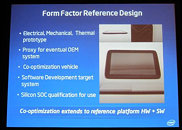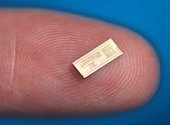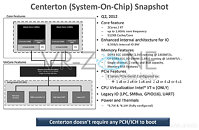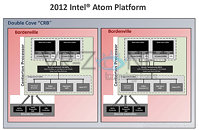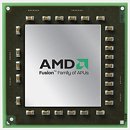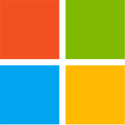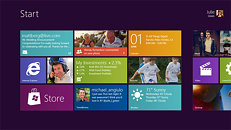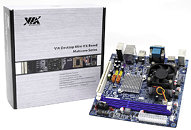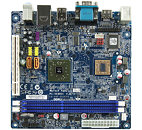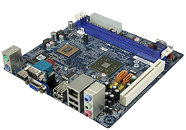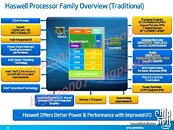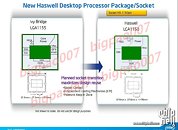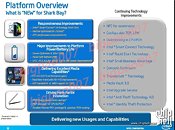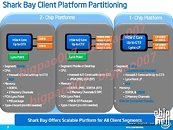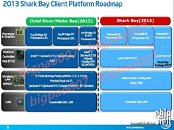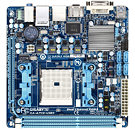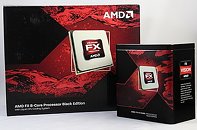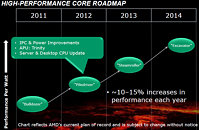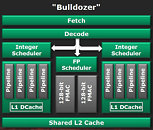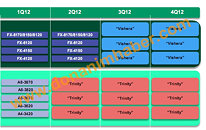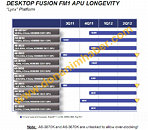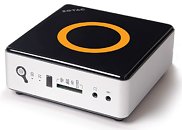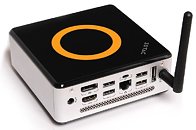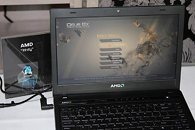
Intel Plans to Launch Medfield Platform in Q2, Clover Trail-W platform in Q4, 2012
According to the latest information received by industry observer DigiTimes, Intel plans to launch the first processor platform for ultra-thin Android tablets based on its x86 architecture, codenamed "Medfield", in Q2 2012. Tablets based on this will be able to run Android 4.0 "Ice Cream Sandwich". Then in Q4 2012, Intel plans to launch the more powerful Clover Trail-W platform. Currently, Intel's Oak Trail platform consisting of Atom Z670 processor and SM35 chipset drive Windows 7 or Android Honeycomb tablets.
The fundamental difference between Medfield and Clover Trail-W with its predecessor Oak Tail, is that Medfield will be designed for ultra-thin tablets with long batter life, currently only ARM processors provide the kind of performance-per-Watt to achieve this form-factor. Oak Trail and its succeeding Clover Trail-W, are designed for slightly more capable tablets. Oak Trail is opted today, to design tablets that run Windows 7 PC operating system. Microsoft will design performance and UI-optimized Windows 8 variants when its next-gen operating system sees the light of the day next year.
The fundamental difference between Medfield and Clover Trail-W with its predecessor Oak Tail, is that Medfield will be designed for ultra-thin tablets with long batter life, currently only ARM processors provide the kind of performance-per-Watt to achieve this form-factor. Oak Trail and its succeeding Clover Trail-W, are designed for slightly more capable tablets. Oak Trail is opted today, to design tablets that run Windows 7 PC operating system. Microsoft will design performance and UI-optimized Windows 8 variants when its next-gen operating system sees the light of the day next year.
